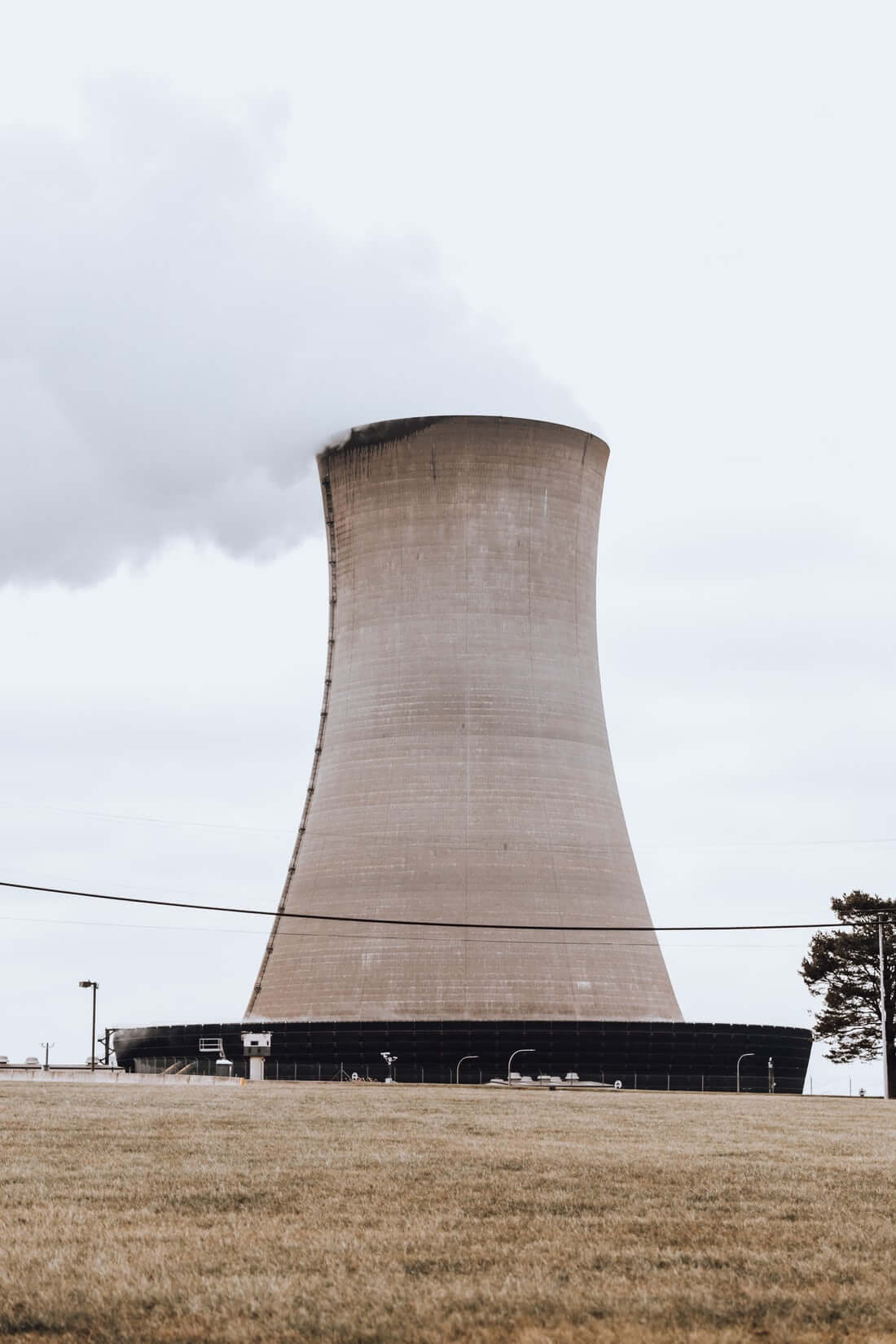- Nuclear power can provide a very large contribution as a source of electrical energy.
- Nuclear power is a clean energy source that produces zero carbon emissions, similar to wind, solar, or hydropower.
- Nuclear power has significant market potential in the long term because it saves money, ensures energy security, and stimulates economic growth.
Nuclear power can provide a very large contribution as a source of electrical energy. Utilization of nuclear power is used for nuclear power plants. By 2018, these nuclear power plants could provide 10% of the global electricity supply.
In developed countries, 18% of nuclear power is used as an energy source for electricity generation. And nuclear power is also the largest source of low-carbon electricity. However, in recent years, its share of the global electricity supply has decreased. It is characterized by an ageing nuclear fleet and several retired factories. This has slowed the transition to a clean electrical system.
To support sustainable development, clean and renewable energy are present in the midst of the climate crisis. Wind, sun, and hydro are popular choices. However, nuclear energy also needs to be considered as an energy source for power generation. On the other hand, there are also many environmentalists who are wary of the potential impact of a nuclear disaster.
Read more:
Nuclear Power Contribution
Despite the impressive growth of solar and wind power, in 2018, the overall share of clean energy sources in the total electricity supply was 36%. It was the same as 20 years earlier because of the nuclear decline. The decline must be stopped to increase the rate of decarbonization of power supplies.
Various technologies, including nuclear power, will be needed for a clean energy transition around the world. Electricity is the main use of this clean energy. That means electricity that previously produced carbon emissions is converted into low-carbon electricity that reduces fossil fuel emissions. Later, low-carbon electrical energy will be used in various fields such as transportation and industry.
Renewable energy is expected to continue to take the lead. Nuclear power is one of the sources of renewable energy that plays an important role in replacing fossil fuels. To achieve the sustainability target, it requires 85% of global electricity to come from clean sources by 2040.
Nuclear power plants contribute to electrical safety in a number of ways, such as helping to keep the power grid stable. It can also help limit the impact of seasonal fluctuations in the output of renewable energy. Then, it can improve energy security by reducing dependence on imported fuel.
Read more:
Nuclear power is a clean energy source that produces zero carbon emissions, similar to wind, solar, or hydropower. Nuclear power is generated through nuclear fission reactions, in which uranium atoms are split to produce large amounts of steam. Then, the steam produced is used to turn a turbine to generate electricity. No harmful emissions are created in this process. In 2019, the United States was able to avoid 476 million metric tons of carbon dioxide. This is equivalent to removing 100 million cars from the road.
With a smaller land area and carbon footprint, nuclear power generation goes beyond conventional renewable energy. A standard 1000 megawatt plant takes up only one square kilometre of space. Wind farms take up at least 360 times as much space. And solar fields take up at least 75 times as much space. With such efficiency, nuclear power has supplied one-fifth of the United States’ energy since 1990.
Nuclear power has significant market potential in the long term because it saves money, ensures energy security, and stimulates economic growth. In the short-term projections, nuclear power faces higher construction and setup costs.
References:
[1]Nuclear Power in a Clean Energy System
[2]Is Nuclear Energy Clean: Nuclear and its Role in Sustainable Development




Comment closed